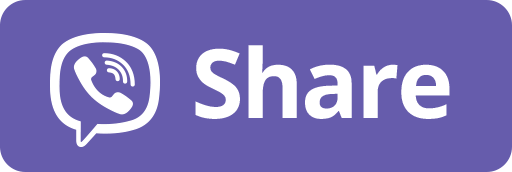
OpenAI đang triển khai ChatGPT hướng tới tích hợp AI vào mọi hoạt động trong giáo dục đại học
-
OpenAI đang triển khai kế hoạch tích hợp ChatGPT vào toàn bộ hệ thống giáo dục đại học, bắt đầu với hơn 460.000 sinh viên tại Đại học Bang California (Cal State).
-
Mục tiêu là tạo ra “AI-native universities” – nơi mỗi sinh viên có một tài khoản ChatGPT cá nhân hỗ trợ học tập từ ngày nhập học đến tốt nghiệp.
-
Các công cụ bao gồm chatbot trợ giảng, luyện phỏng vấn nghề nghiệp, chế độ thoại để luyện thi, và các nền tảng như DukeGPT tại Đại học Duke.
-
Gói dịch vụ ChatGPT Edu dành cho trường đại học cung cấp quyền riêng tư cao hơn, cho phép tạo chatbot tùy chỉnh theo tài liệu giảng dạy.
-
Chiến dịch marketing của OpenAI kết hợp giữa cung cấp dịch vụ trả phí cho trường và quảng bá miễn phí ChatGPT trực tiếp tới sinh viên, bao gồm cả bảng quảng cáo ngoài trời như tại Chicago.
-
Đại học Duke và Đại học Maryland cũng đã triển khai chatbot trong trường; Google và xAI (Elon Musk) cũng tham gia cạnh tranh quyết liệt.
-
Tình trạng thất nghiệp gia tăng trong sinh viên mới tốt nghiệp, đặc biệt trong ngành kỹ thuật phần mềm, khiến trường học đẩy mạnh ứng dụng AI nhằm tăng cơ hội nghề nghiệp.
-
OpenAI tuyển Leah Belsky – cựu lãnh đạo tại Coursera – để dẫn đầu chiến lược giáo dục, bao gồm tài trợ nghiên cứu tác động giáo dục của AI.
-
Sinh viên như Delphine Tai-Beauchamp (UC Irvine) dùng ChatGPT để học mã lập trình, phân tích lỗi và giải thích nội dung phức tạp.
-
Một số giáo sư đã tự tạo chatbot dựa trên bài giảng và tài liệu khóa học; ví dụ: SoilSage tại Đại học Ohio được huấn luyện theo nghiên cứu của giáo sư.
-
Tuy nhiên, nghiên cứu tại Đại học Chicago cho thấy chatbot trả lời sai đáng kể khi xử lý nội dung chuyên ngành như luật bằng sách giáo khoa.
-
Tính năng “memory” giúp ChatGPT ghi nhớ tương tác người dùng để cá nhân hóa trải nghiệm, song các chuyên gia cảnh báo về nguy cơ theo dõi lâu dài.
-
OpenAI kỳ vọng sinh viên sẽ tiếp tục dùng chatbot sau khi tốt nghiệp để hỗ trợ trong sự nghiệp, giống như cách họ từng dùng Gmail từ trường.
📌 OpenAI đang thực hiện cuộc thử nghiệm AI giáo dục lớn nhất tại Mỹ với 460.000 sinh viên Cal State, hướng tới biến các đại học thành AI-native. Từ chatbot trợ giảng đến huấn luyện phỏng vấn, AI đang len lỏi vào mọi khía cạnh học thuật. Dù mở ra tiềm năng mới, nghiên cứu đã chỉ ra AI vẫn mắc lỗi nghiêm trọng – cảnh báo các trường cần thận trọng và đặt giới hạn phù hợp.
https://www.nytimes.com/2025/06/07/technology/chatgpt-openai-colleges.html
Welcome to Campus. Here’s Your ChatGPT.
Thảo luận
Follow Us
Tin phổ biến



